György Paál
Reconstructing nodal pressures in water distribution systems with graph neural networks
Apr 28, 2021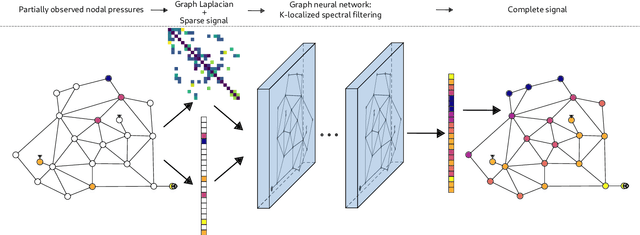


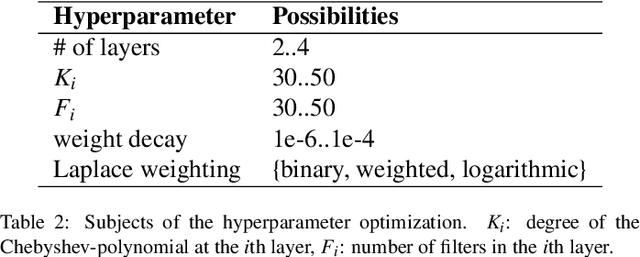
Abstract:Knowing the pressure at all times in each node of a water distribution system (WDS) facilitates safe and efficient operation. Yet, complete measurement data cannot be collected due to the limited number of instruments in a real-life WDS. The data-driven methodology of reconstructing all the nodal pressures by observing only a limited number of nodes is presented in the paper. The reconstruction method is based on K-localized spectral graph filters, wherewith graph convolution on water networks is possible. The effect of the number of layers, layer depth and the degree of the Chebyshev-polynomial applied in the kernel is discussed taking into account the peculiarities of the application. In addition, a weighting method is shown, wherewith information on friction loss can be embed into the spectral graph filters through the adjacency matrix. The performance of the proposed model is presented on 3 WDSs at different number of nodes observed compared to the total number of nodes. The weighted connections prove no benefit over the binary connections, but the proposed model reconstructs the nodal pressure with at most 5% relative error on average at an observation ratio of 5% at least. The results are achieved with shallow graph neural networks by following the considerations discussed in the paper.
Deep Reinforcement Learning for Real-Time Optimization of Pumps in Water Distribution Systems
Oct 13, 2020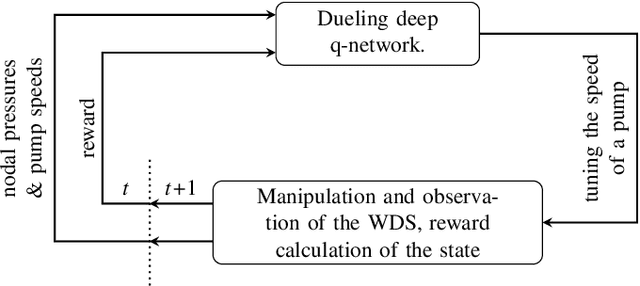

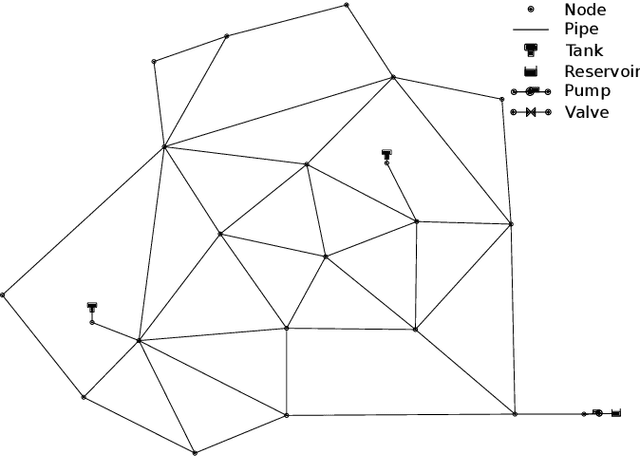

Abstract:Real-time control of pumps can be an infeasible task in water distribution systems (WDSs) because the calculation to find the optimal pump speeds is resource-intensive. The computational need cannot be lowered even with the capabilities of smart water networks when conventional optimization techniques are used. Deep reinforcement learning (DRL) is presented here as a controller of pumps in two WDSs. An agent based on a dueling deep q-network is trained to maintain the pump speeds based on instantaneous nodal pressure data. General optimization techniques (e.g., Nelder-Mead method, differential evolution) serve as baselines. The total efficiency achieved by the DRL agent compared to the best performing baseline is above 0.98, whereas the speedup is around 2x compared to that. The main contribution of the presented approach is that the agent can run the pumps in real-time because it depends only on measurement data. If the WDS is replaced with a hydraulic simulation, the agent still outperforms conventional techniques in search speed.
Predicting the flow field in a U-bend with deep neural networks
Oct 01, 2020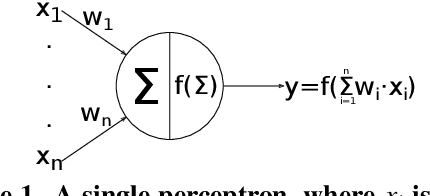
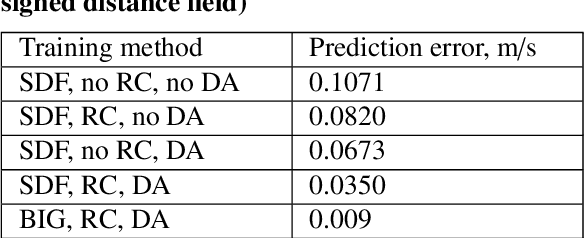
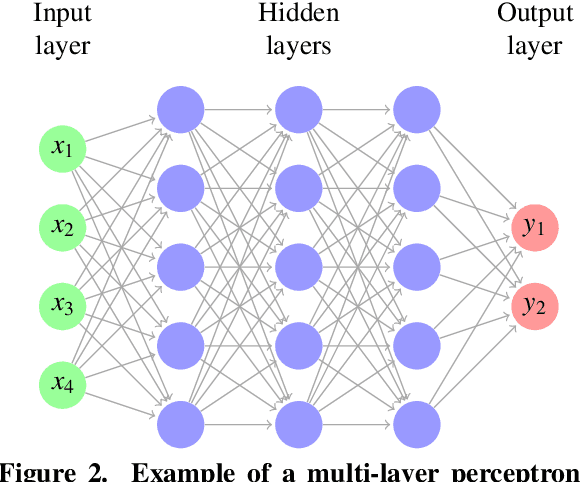
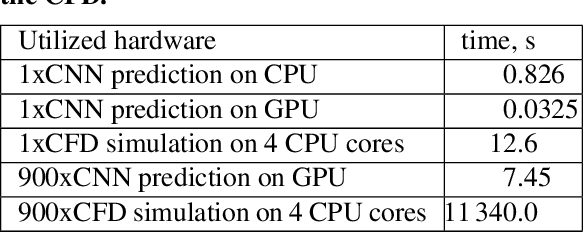
Abstract:This paper describes a study based on computational fluid dynamics (CFD) and deep neural networks that focusing on predicting the flow field in differently distorted U-shaped pipes. The main motivation of this work was to get an insight about the justification of the deep learning paradigm in hydrodynamic hull optimisation processes that heavily depend on computing turbulent flow fields and that could be accelerated with models like the one presented. The speed-up can be even several orders of magnitude by surrogating the CFD model with a deep convolutional neural network. An automated geometry creation and evaluation process was set up to generate differently shaped two-dimensional U-bends and to carry out CFD simulation on them. This process resulted in a database with different geometries and the corresponding flow fields (2-dimensional velocity distribution), both represented on 128x128 equidistant grids. This database was used to train an encoder-decoder style deep convolutional neural network to predict the velocity distribution from the geometry. The effect of two different representations of the geometry (binary image and signed distance function) on the predictions was examined, both models gave acceptable predictions with a speed-up of two orders of magnitude.
* Conference paper, 8 pages, 10 figures
 Add to Chrome
Add to Chrome Add to Firefox
Add to Firefox Add to Edge
Add to Edge